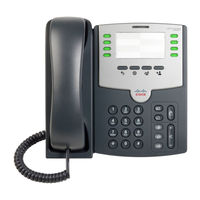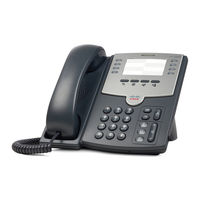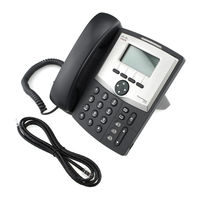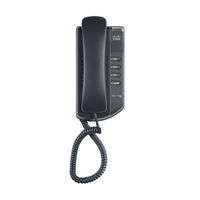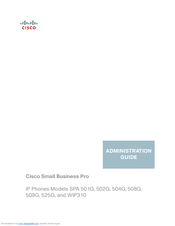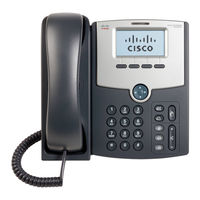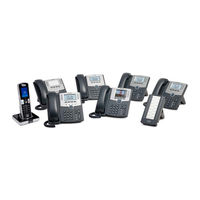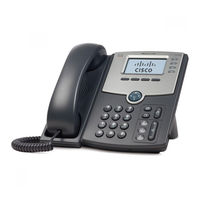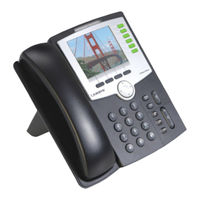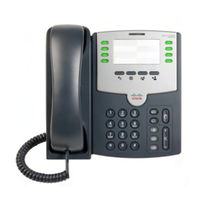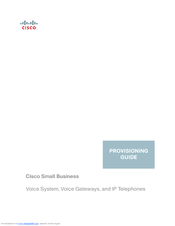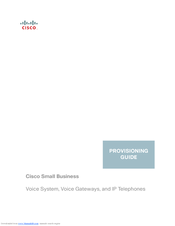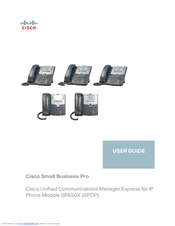Cisco WIP310 - iPhone Wireless VoIP Phone Manuals
Manuals and User Guides for Cisco WIP310 - iPhone Wireless VoIP Phone. We have 17 Cisco WIP310 - iPhone Wireless VoIP Phone manuals available for free PDF download: Administration Manual, Provisioning Manual, User Manual, Quick Installation Manual
Advertisement
Cisco WIP310 - iPhone Wireless VoIP Phone Administration Manual (325 pages)
Cisco Small Business
Table of Contents
Advertisement
Cisco WIP310 - iPhone Wireless VoIP Phone Administration Manual (300 pages)
Small Business Pro
Table of Contents
Cisco WIP310 - iPhone Wireless VoIP Phone Administration Manual (298 pages)
Small Business Pro
Table of Contents
Cisco WIP310 - iPhone Wireless VoIP Phone Administration Manual (280 pages)
SPA and Wireless IP Phone
Table of Contents
Cisco WIP310 - iPhone Wireless VoIP Phone Administration Manual (286 pages)
Cisco Small Business Pro Voice System Internet Telephony Gateway with 4 FXO ports and IP Phones
Table of Contents
Cisco WIP310 - iPhone Wireless VoIP Phone User Manual (95 pages)
Cisco Small Business Pro SPA 500 Series IP Phones
Table of Contents
Cisco WIP310 - iPhone Wireless VoIP Phone Provisioning Manual (114 pages)
Voice System, Voice Gateways, and IP Telephones
Brand: Cisco
|
Category: Network Hardware
|
Size: 0 MB
Table of Contents
Cisco WIP310 - iPhone Wireless VoIP Phone User Manual (88 pages)
Wireless-G IP Phone
Table of Contents
Cisco WIP310 - iPhone Wireless VoIP Phone Provisioning Manual (116 pages)
Voice System, Voice Gateways, and IP Telephones
Table of Contents
Cisco WIP310 - iPhone Wireless VoIP Phone User Manual (56 pages)
Wireless-G IP Phone
Table of Contents
Cisco WIP310 - iPhone Wireless VoIP Phone User Manual (56 pages)
Wireless-G IP Phone
Table of Contents
Cisco WIP310 - iPhone Wireless VoIP Phone User Manual (54 pages)
Cisco Unified Communications Manager Express for IP Phone Models
Table of Contents
Cisco WIP310 - iPhone Wireless VoIP Phone Quick Installation Manual (9 pages)
Wireless-G IP Phone
